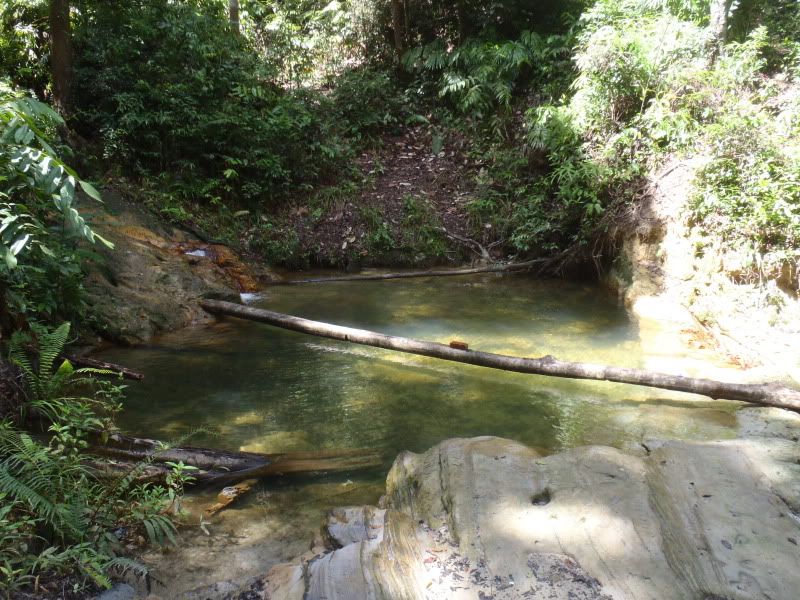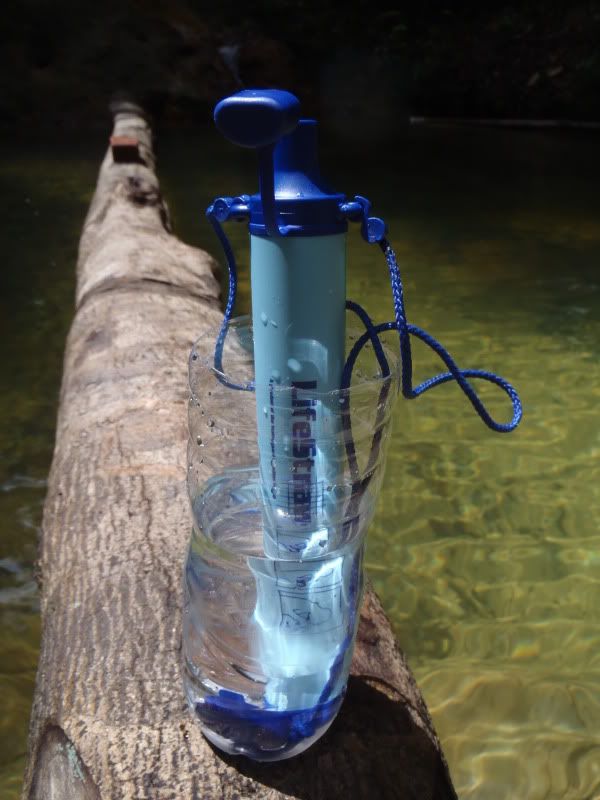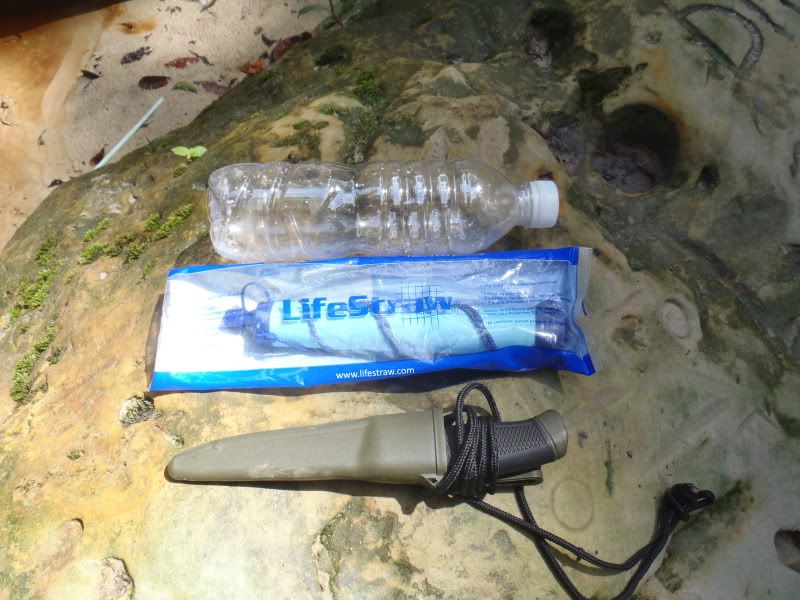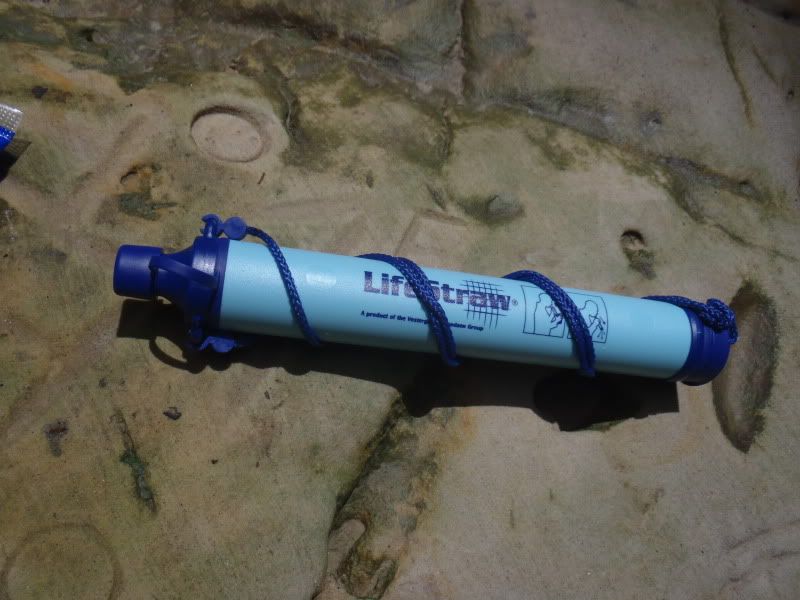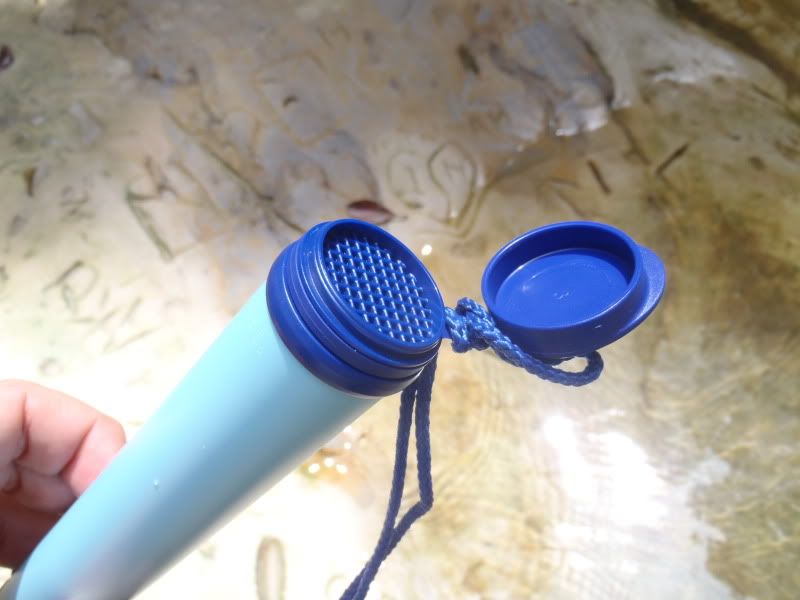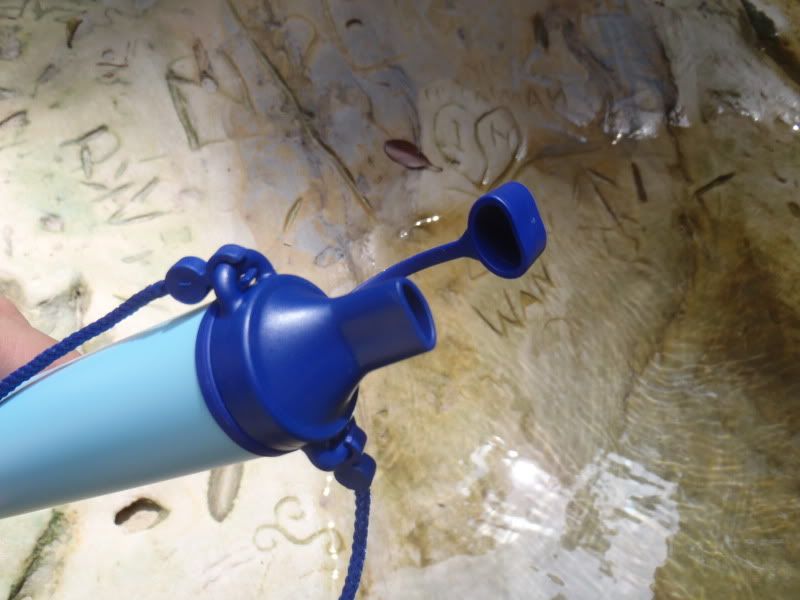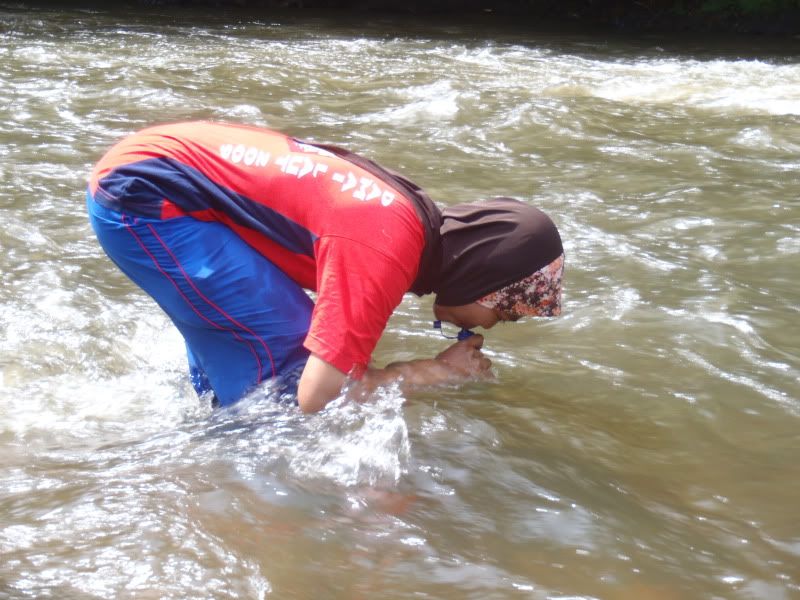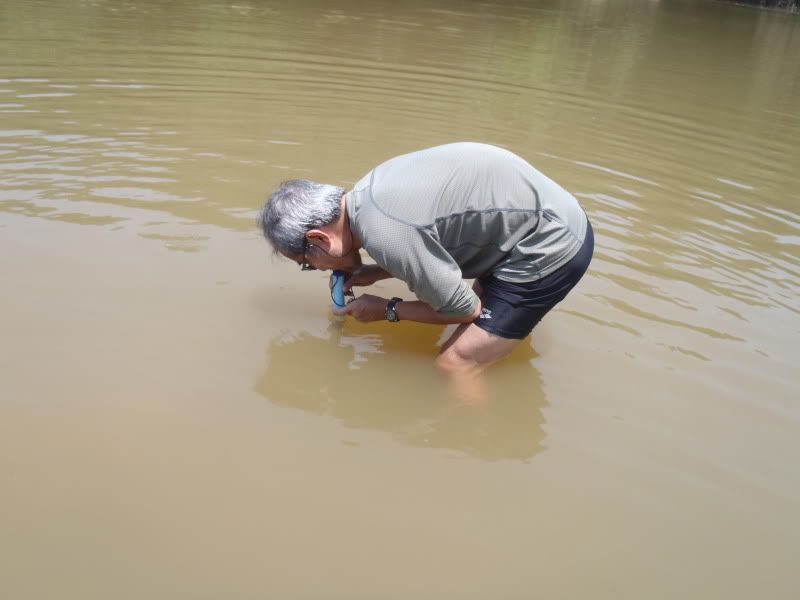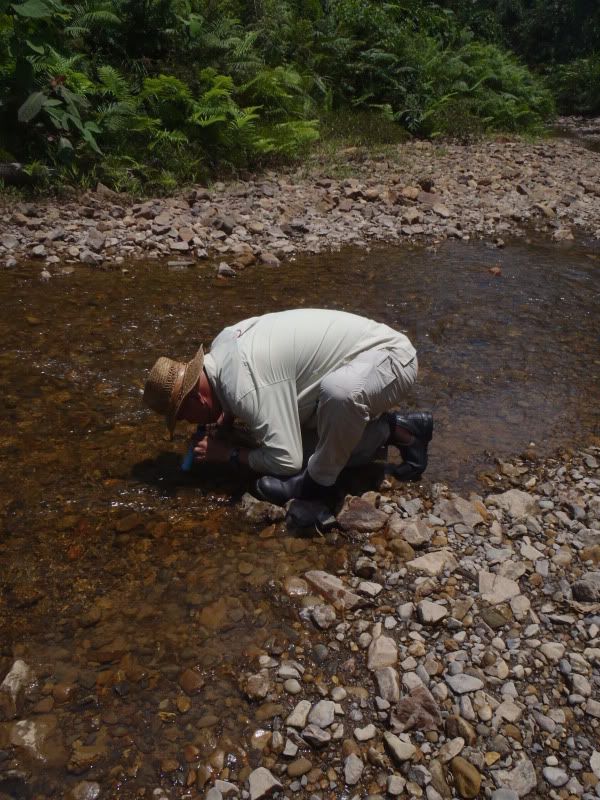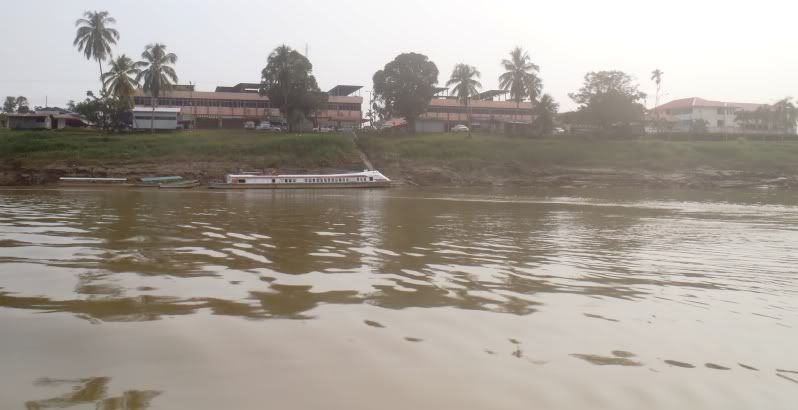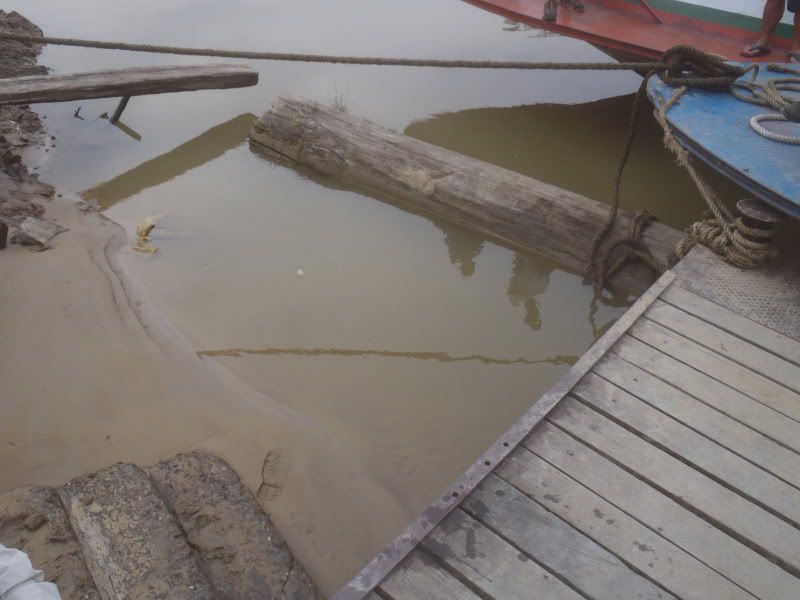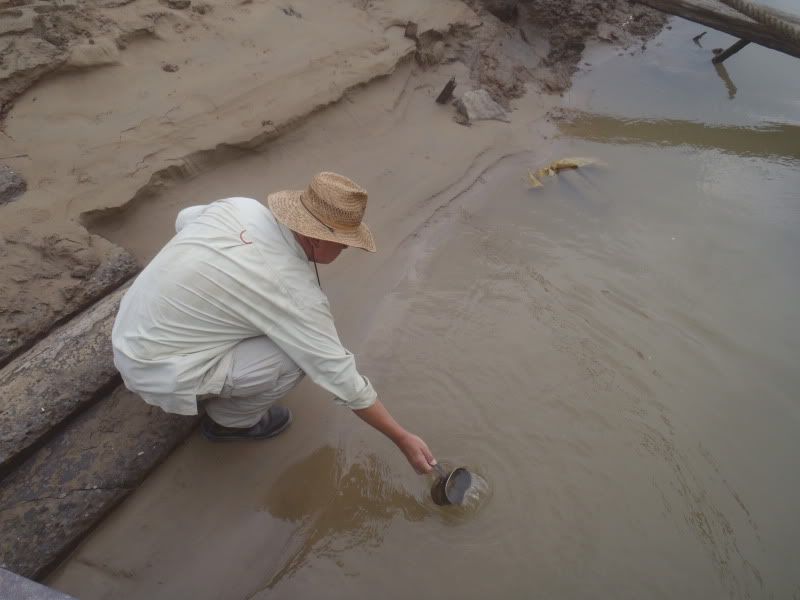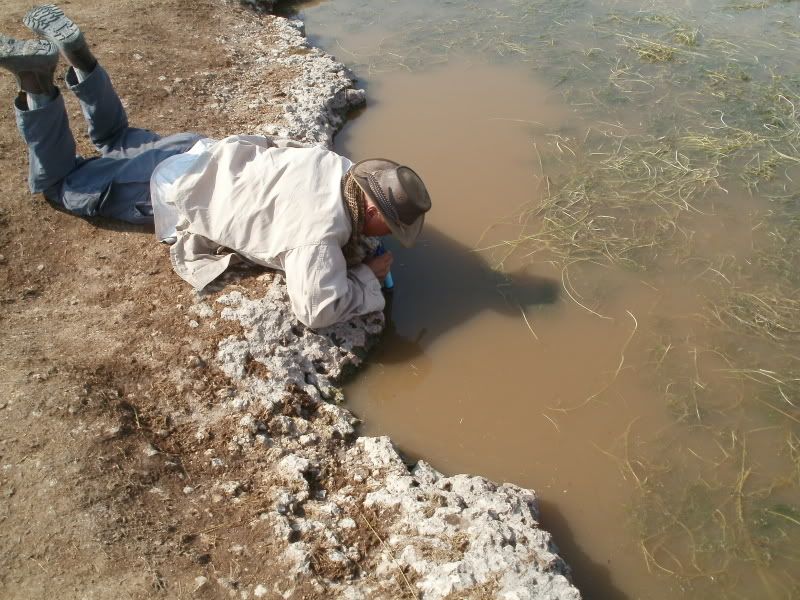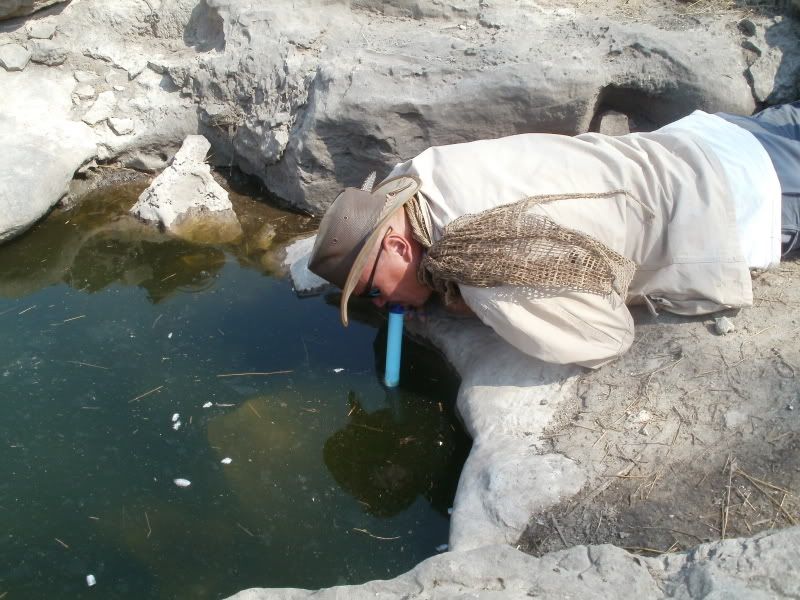I still think boiling is best and if you have planned your route and time then it is easily done at the end of the day when you camp at a water source. This will always be my first choice.
However sometimes you need water and it is not the best. I tested the Lifestraw from a practical and Bug out point of view.
Text;
About a year ago we moved to Indonesia where the quality of tap water is not very good. Most water is bore water and often the bore holes do not go down deep enough and there is contamination from cesspits and the like.
For example, four people in our expat compound are down with amoebic dysentery at the moment.
The solution is bottle water and this gets delivered weekly in very large bottles for the dispenser.
However this is also the land of vast volcanic eruptions, earthquakes, monsoonal floods and homicidal political and religious unrest so I wondered how we would fare should T**** and supply chains collapse as it did Fukushima in Japan.
I got some good advice from members like BR on filtration systems at home but the question still remained what to do in case we needed to bug out of the city to the hills (literally).
I now have an opportunity to review one promising product for the BOB the LifeStraw.
I obtained a number of LifeStraws from the maker and am in the process of testing them. I bought them so I am not beholden to Vestergaard and part of the intention is to see if NGOs here might get sponsors to buy some for local communities affected by water quality issues. I am also interested in the survival situation of course.
The efficiency of the device is a matter of scientific testing and it seems to perform well. Our test is whether they can actually be used easily when you are on the move and have to drink what you can find. There is also the psychological acceptance factor. At what point do you stop using it - heavy siltation, scum and solid waste?
We started in the hills, with better water the heart of Borneo to be precise and drank our way from jungle streams to rivers that service logging, mining and towns.
Brunei Test
Before Borneo proper my first test was in Brunei at a forest swimming hole popular with young people on the weekends.
If you do not want to enter the water you need to get a container. I used an empty water bottle and cut off the top with the Mora.
The LS has a strap so you dont lose it. A very good idea
The filter end has a cap. Its shuts well and stay tight but I am concerned about the plastic hinge. Time will tell if it lasts
The drinking end. The cap fits well and the keeper strap is more robust than the one at the filter end
Initially there is considerable resistance when you suck. I find it reassuring. If it was too easy Id wonder about the filter. It goes through some chambers apparently and it becomes easier after the 5th or 6th suck. Certainly not as easy as a drinking straw but the effort is quite manageable.
After you have drunk your fill you need to backwash the filter by blowing vigorously to empty the straw.
This model does not allow you to fill a container after filtration at source although another "Family" model does
Sarawak Borneo test
A tributary stream near the Bario plateau
The upper reaches of the long Baram River
A small tributary stream 50m downstream from the outhouse.
At a small town in the lower reaches of the Baram River.
Apart from the very first test in Brunei where there was a slightly unusual taste the rest of the time the water tasted as good as many brands of bottled water and better than some brands of Reverse osmosis water.
Next week the LS will be tested for two weeks in Namibia (Africa)where it will be used in native bore wells and at waterholes shared with wildlife.
Africa Text:
The second part of the test was a good reminder of how well rainforests filter water compared to other habitats.
The Life Straw was now tested in the Kalahari. With summer approaching the pans, vleis and other water sources were starting to dry up which concentrated the pollutants and salinity. The pans, which are large, but shallow, seasonal water sources look like dry salt lakes and host many thousands of water birds during winter and spring which poo directly into the water. Around the edge the mammals drink and they leave their scat or dung by the waters edge. Some places smell extremely gamey to put it mildly. Without any doubt the water is teeming with microscopic life.
I tried to drink about half a litre from each pan. As a guesstimate, Id say one large glass of water at least. What is interesting is that the two Bushmen with us did not drink from any of the places I did which suggests that w/o a LS Id be feeling very ill indeed!
At this pan, which is representative of the better sort of water source, the water tasted fine after filtration as good as any warm bottled or tap water despite the colour and the presence of dung around the pan
This waterhole was a green colour and looked like a possible nesting mamba site according to my mates who were trying to spook me. Once again the water tasted fine and I drank a lot.
This vlei looked nice. It was fed by a spring. However even close to the spring it stank. The LS made the water drinkable but having your nose so close to it was unpleasant so I scoped up some into an empty plastic bottle. Drinking from the container with a narrow mouth kept the stench inside the bottle and I could drink without nasal distress. Thanks to Dave for the use of this photo
Adam and I also drank well or bore grey water from the local wells. The LS did a fine job turning it into aqua minerale.
By drinking directly from the pans, I began to appreciate most animals caution checking thoroughly for the presence of predators before drinking. Rhinos and elephants would amble up to the waterhole and drink almost straight away, while prey animals like springbok and steenbok would take a long time before starting to drink. Giraffes are particularly careful as they are very vulnerable to attack when drinking. I saw a giraffe take more than two hours before it started to drink. The caution was entirely justified as there was a prone lioness and young male lion there waiting in ambush something. They had been there for about over three hours! Needless to say when any large animal was around I stayed far from the waterhole. These fellows can kick your head off or stomp you
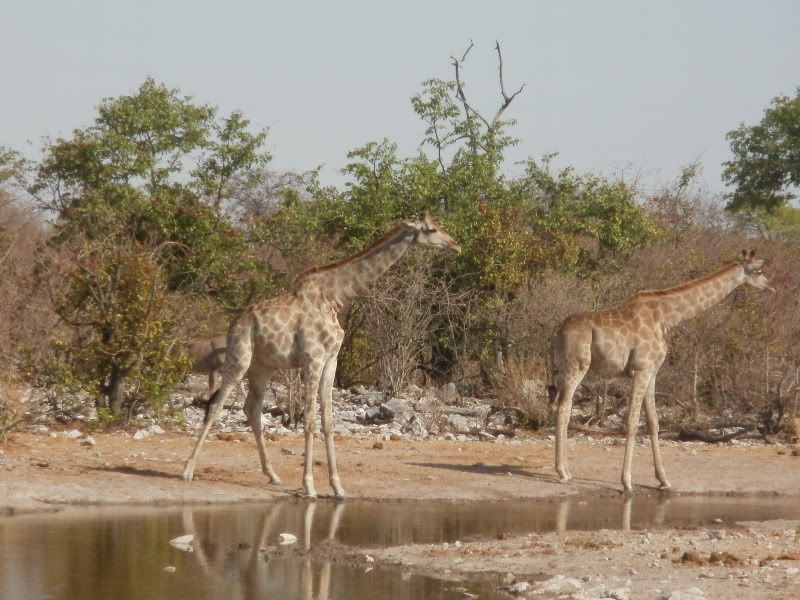
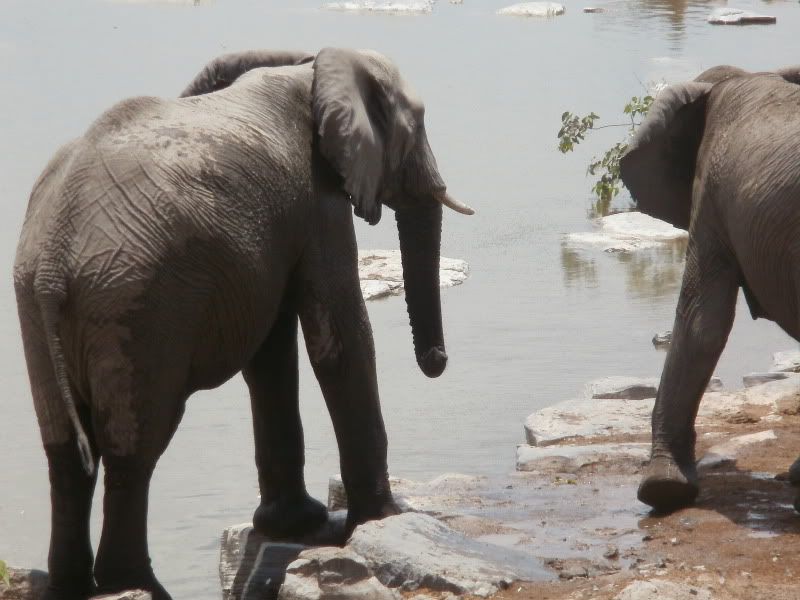
The next test is a simulated bug-out situation depending mainly on LS filtration and purification in an Asian mega city. Simulated means that I am not going to sleep in culverts and behave like a survivalist militia man on an E & E exercise but I will use the water sources available in a T**** bug out from a city to a rural or bush area to escape the riots, shootings and killings that have been a part of this citys quite recent history. Its a good opportunity to recce a route

